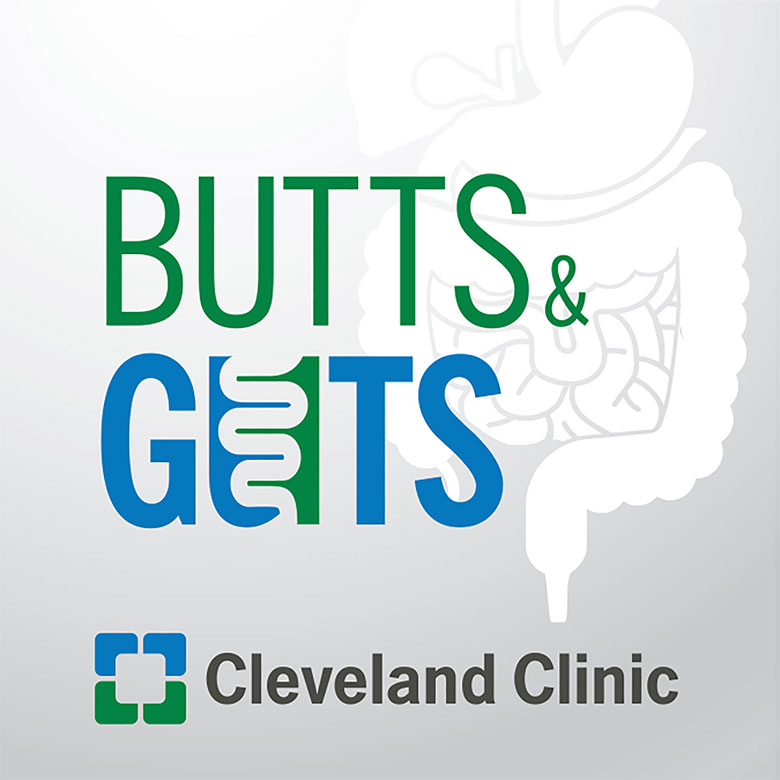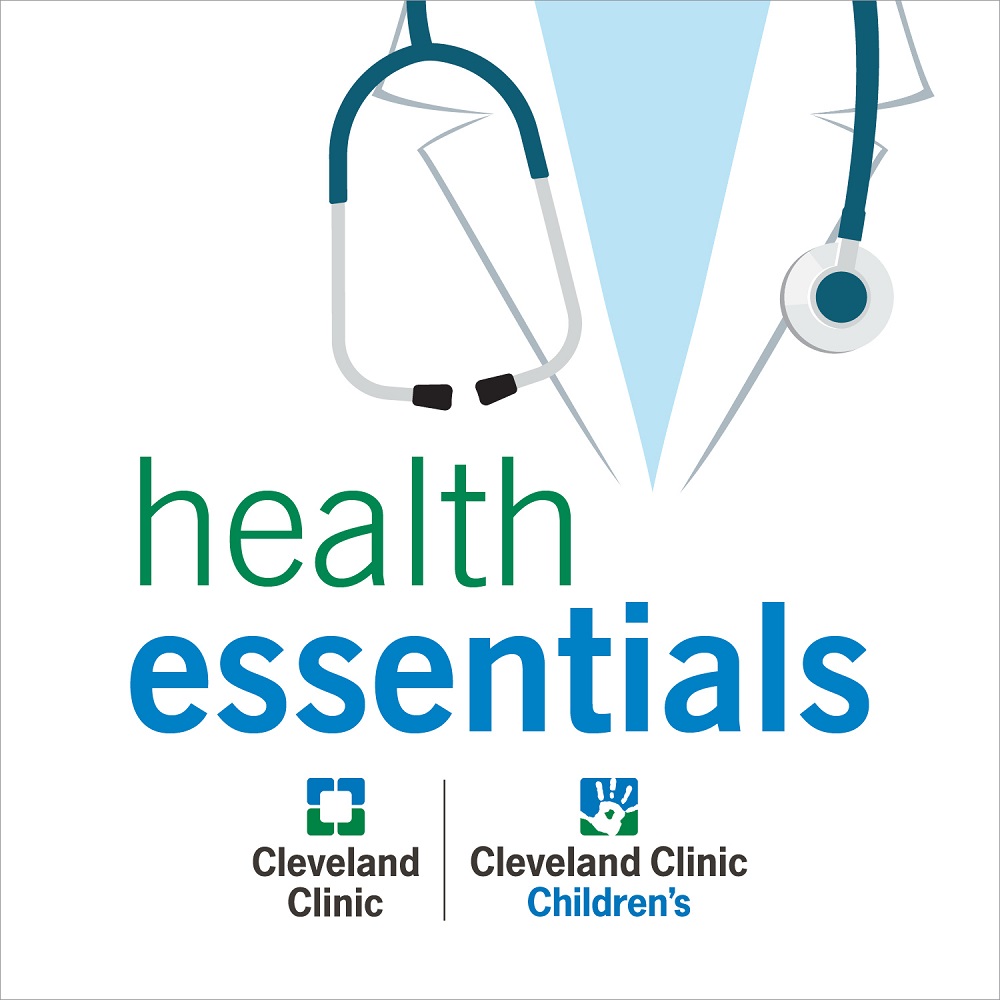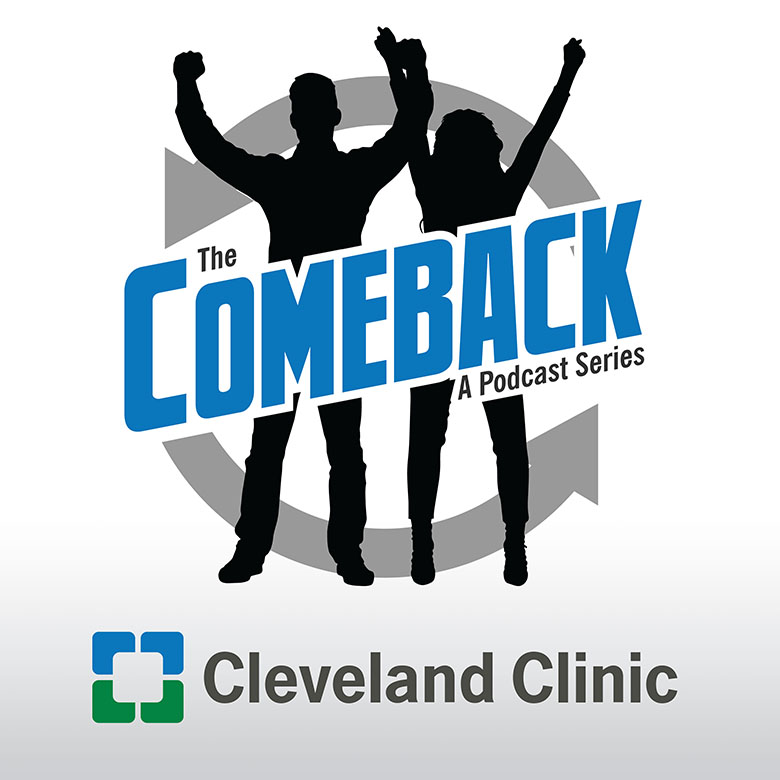Growth of ECMO: Advanced Life Support and Other Devices
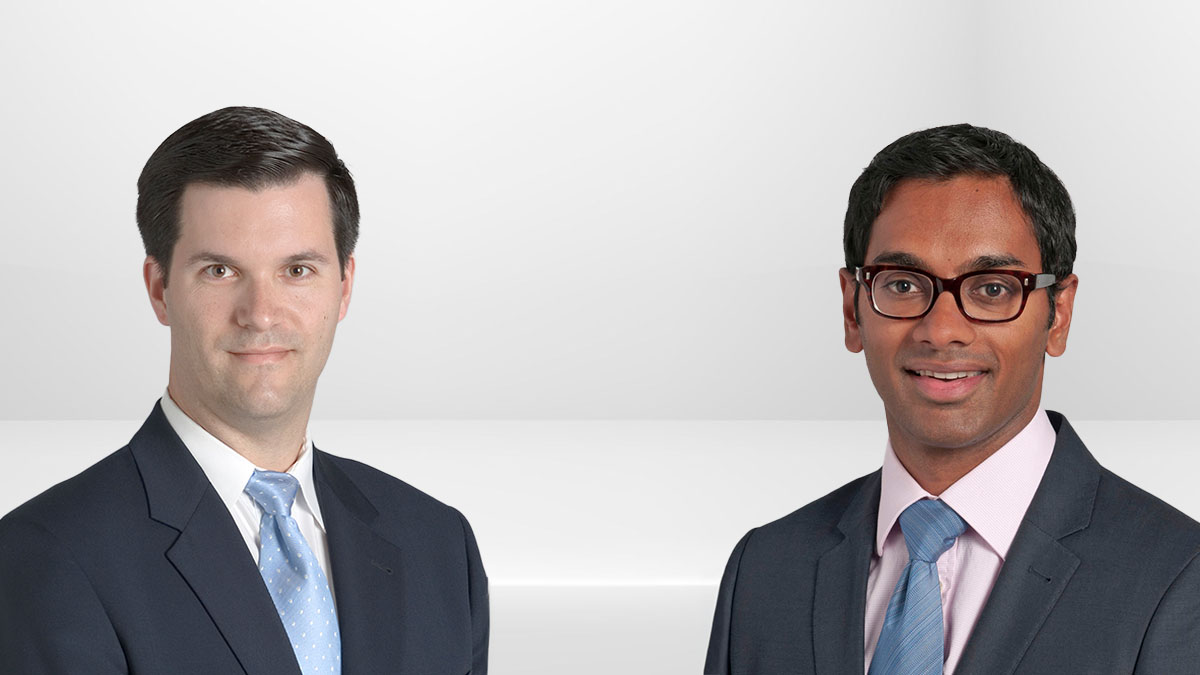
When a heart is weak after a heart attack, cardiac arrest or surgery, mechanical circulatory support (MCS) can help the heart function while it heals or assist patients long-term. Cleveland Clinic experts discuss MCS devices, specifically the Impella percutaneous left ventricular assist device (LVAD) and extracorporeal membrane oxygenation (ECMO).
Schedule an appointment at Cleveland Clinic by calling 844.868.4339.
Meet the presenters:
Amar Krishnaswamy, MD - Section Head of Invasive & Interventional Cardiology
Edward Soltesz, MD, MPH - Surgical Director of the Kaufman Center for Heart Failure and Recovery
Subscribe: Apple Podcasts | Podcast Addict | Buzzsprout | Spotify
Growth of ECMO: Advanced Life Support and Other Devices
Podcast Transcript
Announcer:
Welcome to Love Your Heart, brought to you by Cleveland Clinic's Sydell and Arnold Miller Family Heart, Vascular and Thoracic Institute. This podcast will explore disease prevention, testing, medical and surgical treatments, new innovations, and more. Enjoy.
Amar Krishnaswamy, MD:
Welcome, everyone. Thanks for joining us on this podcast. My name is Amar Krishnaswamy. I'm the Director of the Interventional Cardiology Program here at Cleveland Clinic.
Edward Soltesz, MD, MPH:
I'm Ed Soltesz. I'm the Surgical Director of the Kaufman Center for Heart Failure and a cardiac surgeon here.
Amar Krishnaswamy, MD:
It's our pleasure to speak with all of you today about what we would broadly refer to as mechanical circulatory support, or MCS. More specifically, this involves the use of two devices. One is the Impella percutaneous left ventricular assist device that can either be placed from the femoral artery at the thigh or from up near the shoulder in the axillary artery, or extracorporeal membrane oxygenation or ECMO, which is in many ways more support than the Impella offers, and also offers some pulmonary or lung support for those patients suffering from both cardiac and perhaps related lung disease.
Edward Soltesz, MD, MPH:
It's important to recognize that we have a lot more tools, as you just heard, to use to support patients who are in cardiogenic shock or who have a significant ventricular dysfunction. The opportunities afforded by these devices require a multidisciplinary team, a group of surgeons, of cardiologists, of ICU physicians, of anesthesiologists, of nurses, a whole team to come together and meet to discuss what's the best strategy. Because we obviously have a large menu of devices we can utilize, and it is for us to come together and decide what's the right strategy for patients. So Amar, where do we start with someone who maybe needs something like this?
Amar Krishnaswamy, MD:
Yeah, I'm glad you brought up the team approach that we've had. This has been an iterative process for us as a group of physicians, nurses and advanced practice providers. Really, every patient that's being considered for one of these mechanical circulatory support devices is assessed by a multidisciplinary team, what we call the “shock call.” On that call, whether it's an acute situation for a patient that's just come in or someone that we're thinking about more broadly from a 30,000-foot view, we analyze these patients and what would be their best approach to treatment moving forward.
Edward Soltesz, MD, MPH:
Yeah, it's quite amazing that we're able to get people on a phone call within a few minutes, physicians who could be in all parts of the Clinic campus or potentially at home in the middle of the night to come and discuss a patient and decide what's the best strategy. We obviously have 24-hour, seven day a week availability to put these devices in. They can be put in a number of different situations and places – in the operating room, in the cath lab, at the bedside in the ICU. But Amar, how does it work in the cath lab for instance? What do you go through when you have a patient who needs something like this?
Amar Krishnaswamy, MD:
Most commonly, the scenario in which we're trying to make that assessment, as interventional cardiologists, are for patients who come in with a heart attack. Our first priority in treating someone with a heart attack where the artery to the heart is blocked is to open up that artery. That's the typical catheterization and stent procedure that many people are familiar with. Unfortunately, some percentage of those patients are going to be so affected by that heart attack that the heart is very, very weak and it does not circulate blood effectively to support the other organs. In those scenarios, that's when we think about either placing an Impella device from the leg, or placing an ECMO device. Again, it depends on the patient's specific situation, but we certainly have access to all of the possibilities.
Now, sometimes we believe that just a limited duration of support is going to allow that patient's heart to heal, for them to recover, and then to come off of this support. But sometimes, unfortunately, the patient is sicker and we think they'll need more long-term support before the heart can recover, or potentially they might even need a more permanent ventricular assist device or even a heart transplant. In scenarios such as that, usually Ed and I or another of our colleagues are talking together about how we can transition to a longer-term, but still short-term support device. How would you speak to that point?
Edward Soltesz, MD, MPH:
Yeah, we have a lot of patients who develop chronic heart failure. Chronic heart failure can come both as a chronic condition and it acutely worsens, or it can be sudden like you just heard of from an acute myocardial infarction. In those types of patients, we can support them with one of these temporary devices. Our goal is that one device doesn't fit all patients. When we talk about these devices, there are different opportunities to use these devices, one device at a different time compared to another. So what we've conceptualized here at the Cleveland Clinic is this idea of a tailored strategy for cardiogenic shock management. That is to say we want to set up the strategy. Our strategy is to provide a ventricular-specific ventricular unloading ambulatory strategy. So we're supporting either the right side or the left side, or both sides independently. We also support it percutaneously, ideally so that patients can ambulate. We support it in such a way that we can understand the unique contributions of someone's heart failure on either side.
We may start, for instance, with ECMO, which is effectively a heart lung machine at the bedside, which provides full cardiac and respiratory support, and then tailor that strategy to different devices, like you've heard maybe an Impella-type device. But the goal is to eventually either wean the patient off these devices onto appropriate medical care, or potentially transition them either to standard therapies, which would be either stenting or structural therapies or cardiac surgery. If neither of those or any of those work, then we have options for placing a permanent left ventricular assist device or even a transplant. So really, it's amazing how we're able to use these devices in a very coordinated strategy and a multidisciplinary group to afford the outcomes that we do for these very, very sick patients. I think the key really is teams that come together at a moment's notice, who can really talk to the benefits of these devices.
Amar, you obviously have had a lot of patients come in from other hospitals, and can you talk a little bit about what we can offer referring practices?
Amar Krishnaswamy, MD:
As we've already implied in this conversation thus far, just placing these devices is only a very small part of the care of the patient, and it usually requires a pretty large infrastructure. So unfortunately, there are a lot of smaller hospitals that might not have access to placing these kinds of devices. What I think is really interesting is there have been a number of studies recently that demonstrate that patients who come to a hospital where these MCS devices are not available but are quickly assessed and transferred to another hospital where MCS is possible, can still derive significant benefit. So whether it's one of our Cleveland Clinic regional hospitals in the system or simply hospitals that are in the area with whom we have a lot of contact that then call us about these patients, we can bring those patients over and when clinically appropriate, either provide an Impella support or an ECMO support. That might be the difference for them in terms of taking it to the next step, either of their own heart to recover or one of the more durable LVAD placements or heart transplants, as Ed has mentioned.
I think what's really exciting about looking forward is that there have been some interesting studies recently published about the benefits, for example, of using an Impella device in patients with a heart attack, also suffering from cardiogenic shock. When appropriately selected, those patients really can derive a significant survival benefit. So we've been a lot more thoughtful about which patients we can provide that support when they're having a heart attack and try to, again, improve their survival from what can be a really devastating cardiac event.
Ed, you've done a lot of work in the past on your experience and our collective experience at Cleveland Clinic about using ECMO and Impella together. What are your thoughts in that regard?
Edward Soltesz, MD, MPH:
ECMO started many, many years ago as a way to support patients. It's effectively a heart-lung machine at the bedside. Unfortunately, it pressurizes the aorta in such a way that it creates what we call an afterload for the heart. So, the heart has a difficult time pumping against that pressure. That is problematic when the heart's function itself is significantly depressed. What we've come to realize is the Impella device, which is a small turbine engine basically that can be, as you heard, inserted either through the femoral artery or through the axillary artery or even directly into the aorta at the time of heart surgery, goes across the aortic valve and is a tiny pump that can unload the left ventricle and relax it. It allows it time to recover. And this is what we've come to term ECPella. So ECPella is this ECMO plus Impella as an unloading strategy for the left ventricle. That, turns out, has significantly improved survival in all of these patients and improves recovery of the heart.
Really, we've come full circle in our support strategies over the years to recognize that ECMO is a great strategy to save people's lives, but it's the beginning. When you or someone you know who is in need of ECMO, that is certainly not the end. We need to potentially provide an unloading strategy with an Impella-type device, as we just described. I think that the advantage of all of this technology is that we have groups of people who can come together and really understand what the patient needs at any one period of time, and that really is the advantage of a program like ours here at the Cleveland Clinic.
Amar Krishnaswamy, MD:
Ed, there's one point I'd like to make if you could discuss in greater detail. In the contemporary era, we provide a lot of care for cardiac patients, whether it's valvular heart disease or coronary artery disease through catheter-based strategies. However, there are a number of patients, especially that we see at Cleveland Clinic, who just won't be treated effectively with a catheter, whether they need multivessel coronary bypass grafting, whether they have complex valvular heart disease. Unfortunately, on top of those diseases, they have a very weak heart. Traditionally, or in other institutions, they might not be offered cardiac surgery. But you and your group have been able to take a lot of these patients successfully through surgery, using things like an Impella as a support device to nurse the patient through that perioperative and postoperative time. Can you speak to that application of the mechanical circulatory support?
Edward Soltesz, MD, MPH:
Yeah, that's a good point. A lot of heart surgery in the United States, it takes place on patients with poor ventricular function, as you noted. Unfortunately, a lot of patients are denied life-saving heart surgery or catheter-based procedures because of low heart function. What we've come to realize is that we can provide temporary circulatory support, most commonly with the Impella device, but sometimes with the combination of other devices as well, to bridge patients through the initial period of time, usually 48-72 hours after surgery, or a procedure where their heart function really is compromised just because of the surgery and we're waiting for the recovery period. This is a way we've been able to, as you had pointed out, give patients life-saving surgery who would otherwise be denied that opportunity because their heart function has been too low.
If we can get them through that period of time that is the most challenging in the immediate post-operative period, it turns out they're able to then benefit from what we've done surgically to them, whether it be bypass surgery or valve surgery.
This recently was investigated with something called the IMPACT trial. The IMPACT trial is the Impella-Protected Cardiac Surgery Trial. It's an international trial that was led partly by our group here at the Cleveland Clinic, but was enrolling patients nationally and, in fact, internationally. It just concluded in the United States two weeks ago, we're going to be looking at the data shortly, and this should really inform us about the next steps and the opportunities for these types of patients.
Amar Krishnaswamy, MD:
That's fantastic. That's a really great resource for patients. I think the last thing that I would mention, just in rounding it out, another really interesting application of ECMO that we're learning more about is in the group of patients who suffer a cardiac arrest. Unfortunately, there are a number of different reasons why a patient can have a cardiac arrest, but there are some particular scenarios in which, in addition to the typical resuscitation, CPR, chest compressions and so forth, actually placing an ECMO device at that time can improve survival. There have been a few centers, and I should say programs worldwide, that have demonstrated the feasibility of this kind of a system. We call it ECPR (Extracorporeal Cardiopulmonary Resuscitation), that's the term for it. This is a program that we're beginning to institute here at Cleveland Clinic, again, as a broad and multidisciplinary collaborative effort between not only Cleveland Emergency Medical Services, but of course our own emergency department, cardiac surgery, cardiology, all of the nurses, physicians and support staff within those groups. I think, it could be a really important option for some patients, again, as appropriate.
Edward Soltesz, MD, MPH:
Yeah, I think that's very exciting. It's certainly going to be exciting for our community because it'll offer them the opportunity to make use of this technology at a moment's notice, coming in in an ambulance, for instance, in cardiac arrest. This will be starting shortly, and we're excited to be participating in this.
Amar Krishnaswamy, MD:
Well, thanks very much to all of the audience for your attention. Thanks, Ed, for the stimulating discussion. Please again, feel free to reach out to any of us if we can be of service.
Announcer:
Thank you for listening to Love Your Heart. We hope you enjoyed the podcast. For more information or to schedule an appointment at Cleveland Clinic, please call 844.868.4339. That's 844.868.4339. We welcome your comments and feedback. Please contact us at heart@ccf.org. Like what you heard? Subscribe wherever you get your podcasts or listen at clevelandclinic.org/loveyourheartpodcast.
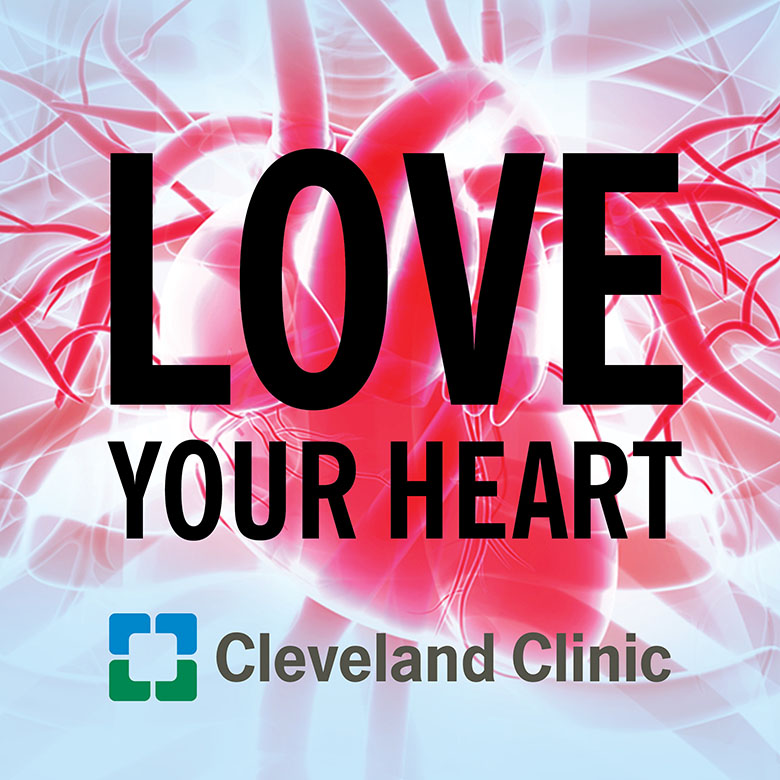
Love Your Heart
A Cleveland Clinic podcast to help you learn more about heart and vascular disease and conditions affecting your chest. We explore prevention, diagnostic tests, medical and surgical treatments, new innovations and more.
